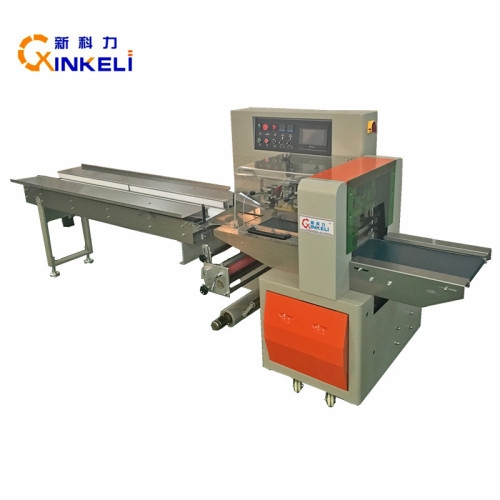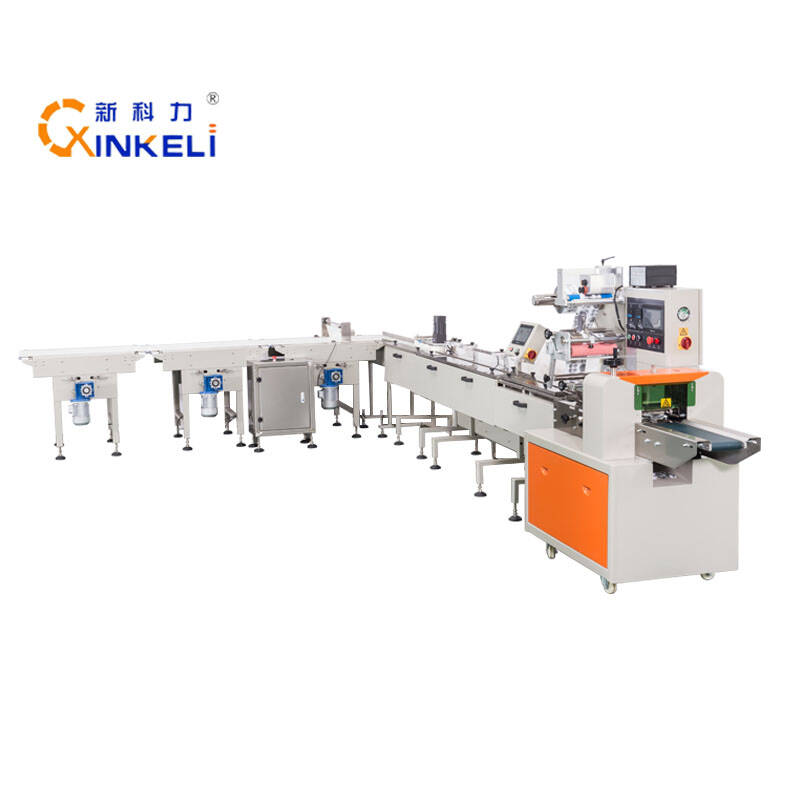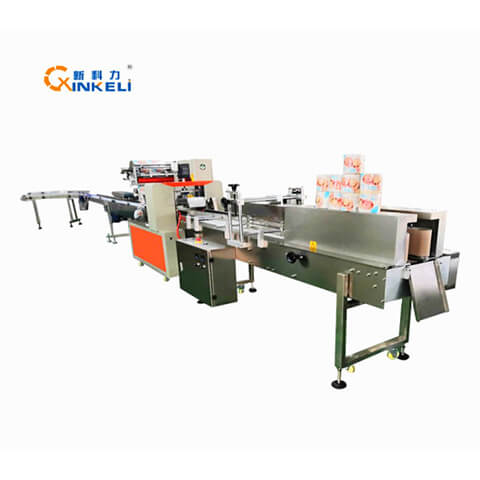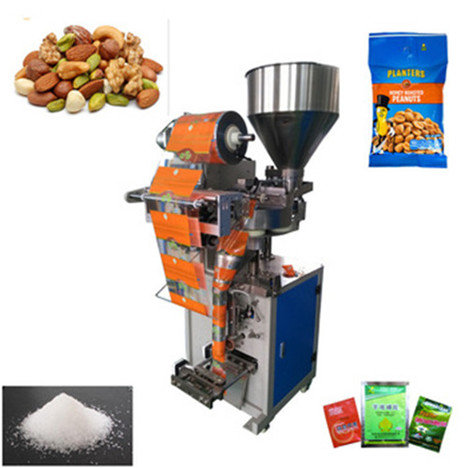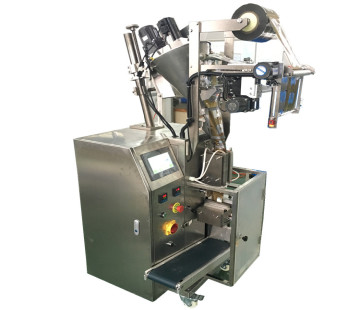Vegetables and fruits are the category with the most frequent orders in the home business, and their performance is particularly prominent in this epidemic. Even if they are displayed and sold in stores, the proportion of pre-packaged sales of fruits and vegetables is gradually increasing.
Fruits and vegetables are pre-packaged. First, it is more helpful to keep fresh, the second is to reduce loss, and the third is to focus on weighing to reduce the intensity of store management. Due to the wide variety of fruits and vegetables, it is necessary to master some basic processing methods and skills.
common vegetables Chinese cabbage (Chinese cabbage): After removing the dead yellow leaves and aging leaves, weigh 250-300 grams respectively, and use A2 plastic bag set and tie the mouth or tape the middle of the weighed Chinese cabbage; Qingjiang cuisine: remove the aging, withered yellow leaves and trim off the old part of the stem, weigh 250-300 grams respectively, put them in A2 plastic bag sets and tie them, and sell them under refrigeration; water spinach (Liancai): remove the aging part of the root tissue, after removing the soil, weigh 250-300 grams respectively, put it in A2 plastic bag set and tie it, and sell it under refrigeration; Celery: Clean the soil from the roots and remove the broken stems, weighing 250-300 grams respectively; weighing 150 grams of the leaves removed, and selling them in cold storage; Tube Lettuce: Remove dead leaves and soil (do not use water), weigh 250-300 grams respectively, put them in an A1 plastic bag set and tie them together, and place them in a refrigerator for sale; Grancai (Kale): Cut off the aged stems, weigh 250-300g and arrange them neatly, sold in A2 plastic bag set and bundled in cold storage; Sugarcane vegetables: remove the aged leaves, weigh 250-300 grams and arrange them neatly, bundle them in plastic bags and put them in the refrigerator for sale; Basili (American coriander): Remove the yellow leaves, weigh 50 grams and make the base neat, tie it with a plastic bag, and place it in a refrigerator after the price is marked; head lettuce: remove the outer leaves, directly packaged in plastic wrap, and sold in a refrigerator; pea seedlings: remove the aged leaves, weigh 150-200 grams, and tie them in an A2 plastic bag set; Cabbage: Cut off the protruding stems and outer leaves, directly package with insurance film, cut the larger volume with a knife, and put it in the refrigerator for sale after the price; Nine-story tower: remove diseased spots and damaged leaves, use 100 grams as a box, put it on M2 trays, and directly package them in a refrigerator for sale in plastic wrap;
Chinese cabbage (cabbage): cut off the protruding stems and outer leaves, directly package with plastic wrap, and sell the larger ones with a knife and sell them in the refrigerator; Coriander: Use water to clean the sludge of roots, stems and leaves and remove dead leaves. Pack 100 grams as a box, put it in M2 trays, and sell them in plastic wrap; Rapeseed: Wash the soil with water, remove the roots and aging leaves, etc., weigh 250-300 grams and arrange them neatly, put them in A2 plastic bag sets and tie them together, and adjust them into a flat shape for sale; Garlic seedlings: remove the roots and dead leaves, wipe off the unwashed sludge, weigh 250-300 grams, packaged in A3 plastic bags, and the higher price is 150 grams; Caitou: immerse the raw materials in water, wash off the sludge with a loofah cloth, and place them in a refrigerator for sale after refurbishment; shallots: cut off the roots, but do not cut to the white part, leave the green stems and leaves about 5 cm long, and pack 4-5 roots in A4 plastic bags; Carrots: Put the raw materials in water, wash off the sludge with a loofah cloth and refurbish it, directly package it with plastic wrap, and place it in a refrigerator for sale; Onion: Remove the peeled outer membrane by hand, classify according to particle size, fill with A5 plastic bag, 450-500g/bag; Potato: Put the raw materials in water, wash off the sludge with a loofah cloth, classify them according to particle size, pack them in A5 plastic bags or box them on M2 pallets and place them in a refrigerator for sale; Leek: Remove the dead leaves, weigh 250-300 grams, and make the base neat, put it in an A3 plastic bag set and tie it, and place it in the freezer after the price is marked; Bamboo shoots: cut off the aging part, wipe off the sludge with a damp cloth, and pack it in A2 or M5 trays according to the size, one for the larger one, three for the smaller one, and sold in cold storage; Mung bean sprouts: 240-290 grams in trays, and then 10 grams of leeks as ingredients, packaged in plastic wrap, and sold in an open refrigerator after the price is marked;
white bamboo shoots: if the raw material is in the shell, use a knife to cut the case straight, the depth is appropriate, the tip of the bamboo shoot has a green shell and the aging shoot head is removed, A3 plastic bag packaging and refrigerated sales;
Lotus root: Put it in a sink, soak it in water, remove the mud, drain it, and place it in an M7 tray and pack it with plastic wrap for sale;
Asparagus: Wipe off the sludge, grade it according to size, weigh 250-300g, pack it in plastic bags or plastic wrap and place it in a refrigerator for sale;
ginger: After washing and draining, two sticks of young ginger are packed in M2 tray and packaged with plastic wrap, and sold in a refrigerator;
Soybean sprouts: 250-300 grams of raw materials are packed in trays, packaged in plastic wrap, and sold in a refrigerator;
Sweet potatoes: After brushing the mud, drain them, grade them according to size, and pack them in net bags or 2-3 pieces in trays, pack them in plastic wrap, and sell them in refrigerators;
Taro: Cut off the sharp and dry parts of the head, remove the brown hair and hair roots, and pack 1 directly in plastic wrap. The small taro is packed in M3 trays with about 6 pieces, packaged in plastic wrap and sold under refrigeration;
Cucumber: grading according to its length, packing the same length in M2 trays in the same bending direction, weighing about 300-500 grams, and packaging with plastic wrap;
Cauliflower: Cut off the pedicels, or leave 3-4 heart leaves, directly packaged in plastic wrap and placed in a refrigerator for sale;
Bitter gourd: One piece is directly packed in plastic wrap, and the price is weighed in pounds and placed in an open refrigerator for sale;
Broccoli: The stem is about 5 cm long, the rest is cut off, wrapped in plastic wrap and placed in a refrigerator for sale;
String beans: remove the small bean holders, put 250-300 grams into A5 plastic bags and arrange them neatly, or put them on M2 pallets and sell them under refrigeration;
Leek flower: cut off a little stem and aging part, weigh 150 grams, set with an A3 plastic bag and tie it, or tie the plastic bag to 1/3 of the distance from the removal and sell it;
Emperor beans: raw materials are peeled, shelled and kernels are removed, 150 grams are packed in M2 pallets, packaged with plastic wrap, and sold in open refrigerators;
edamame: remove the fruit stems and retain the bean holder, and pack 150 grams in an M2 pallet, packaged in plastic wrap or in a green mesh bag and tied together, and sold in a refrigerator;
green pepper: wipe off the sludge, use three for the smaller one, and two for the larger one into an A5 plastic bag and tie it, or put it into a tray;
edamame kernels: remove the remaining beans and immature fruits in the raw materials, pack 150 grams in M2 pallets, and sell them after packaging in plastic wrap;
Chili: Wipe off the sludge, grade it according to color, weigh each in units of 50 grams, install them on M1 trays, and arrange them neatly;
Corn: Cut off the pedicels, make 1/4 corn heads appear, remove pests, and pack two roots as a unit with plastic wrap before selling;
Eggplant: graded according to size, put into A3 plastic bags and tied before selling in the refrigerator;
Corn kernels: 150 grams of raw materials are packed in M2 pallets, packaged in plastic wrap and placed in a refrigerator for sale;
Shiitake mushrooms: Brush off the stalks, divide them into three levels according to size, weigh in units of 200 grams, and pack them in No. 6 plastic boxes, and sell them in plastic wrap;
Mushrooms: remove the blooms and the blackened stems, grade them according to the size of the mushrooms, weigh them in 150 grams, and pack them in M3 trays and plastic wrap before selling them in the refrigerator;
Enoki mushroom: Brush off the dirt on the mushroom handle, weigh in 120-150 grams, packaged in M5 pallets, plastic wrap, and sold in the refrigerator;
Straw Mushroom: Cut off the dirt in the mushroom handle, weigh it with 150 grams, package it in M3 trays and plastic wrap, and sell it in the refrigerator.


